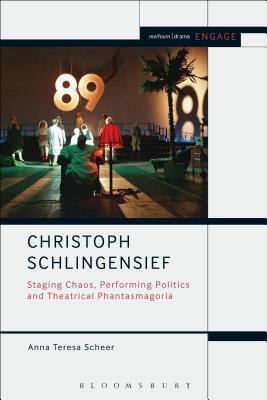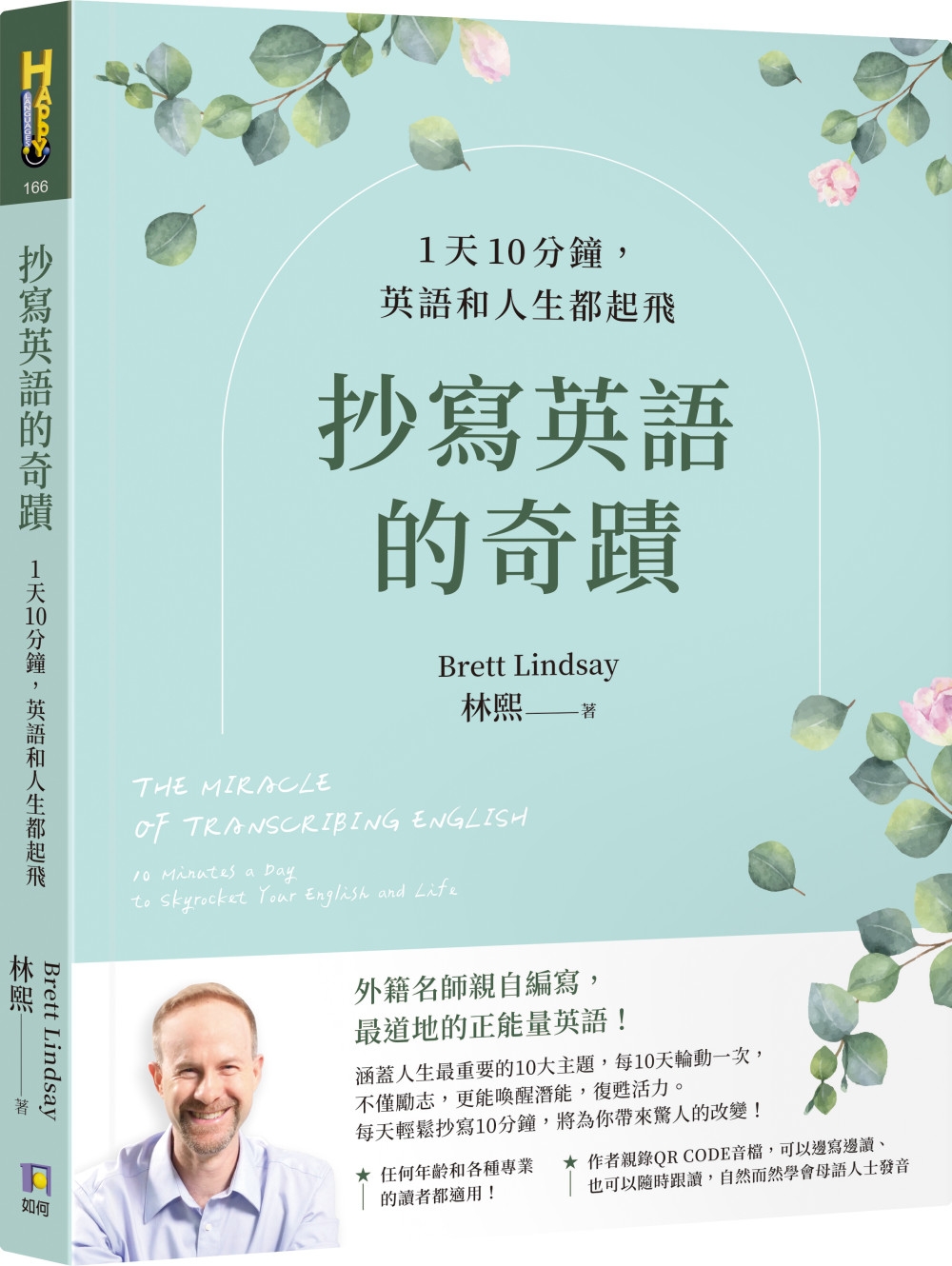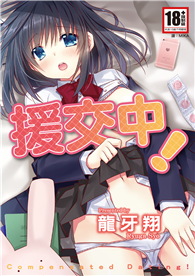The first book to focus specifically on the late German artist Christoph Schlingensief’s theatre work, it subversively merges art, politics and everyday life to imbue his productions both inside and outside the theatre with a re-energized concept of the political in art.
Scheer traces Schlingensief’s artistic lineage as a filmmaker with no formal training in theatre, whose work does not correspond to theoretical frameworks such as postdramatic theatre, Regietheater, or established categories of political theatre such as Brechtian, community, and agit-prop theatre. She explores how his work instead draws upon the highly performative gestures of the historical and post-Cold War avant-gardes as well the happenings and event-based practices of the sixties. Comprehensive case studies of six diverse theatrical and activist events are offered to demonstrate both the immediacy of Schlingensief’s response to contemporary social and political events and his use of a range of artistic influences and different genres: Rocky Dutschke ’68 (1996), Save Capitalism: Throw the Money Away! (1999) The Berlin Republic – or the Ring in Africa (1999) Hamlet (2001), Atta Atta – Art Has Broken Out! (2003) and the Church of Fear (2003).
Key questions such as how his theatre functions as a provocation, and how an artist can insert themselves into the powerful flows of imagery produced by the perpetual global news cycle, form a coherent line of enquiry throughout each of the chapters. The significance of Schlingensief’s artistic legacy of politicized theatre-making that pioneers new modes of active, aesthetic and public engagement in the political realm remains pertinent to topical socio-political debates and is of relevance to an international audience across a diversity of disciplines.












